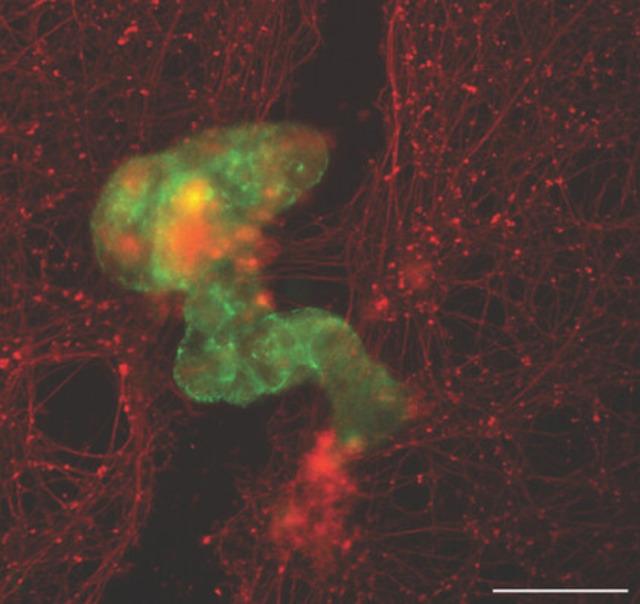Not a day goes by without another interesting study being conducted. This time the subject is tiny living robots made from human cells.
THEY PRODUCED SMALL LIVING ROBOTS! NAME, “ANTROBOT”
According to the news of CNN International; Scientists have managed to produce small living robots from human cells that could one day help heal wounds or damaged tissues. A team from Tufts University and Harvard University’s Wyss Institute named these new devices anthrobots.
The news stated that the research in question was based on previous studies of scientists who made the first living robots called “xenobot” from stem cells obtained from the embryos of the African clawed frog (Xenopus laevis).
THEY DO NOT HAVE A COMPLETE LIFE CYCLE
Biology professor Michael Levin, one of the authors of the study, said that anthrobots are not full-fledged organisms when they are alive because they do not have a full life cycle. So, it seems that considering them completely alive is not a correct approach.
Levin said:
“IS THIS A ROBOT, IS THIS AN ANIMAL, IS THIS A MACHINE?”
“Is this a robot, is this an animal, is this a machine? Those kinds of things don’t serve us very well. We need to move beyond that.”
HERE ARE THE DETAILS OF THE INTERESTING STUDY! HOW DID THEY DO IT?
Scientists used adult human cells from the trachea taken from anonymous donors of different ages and genders.
PhD student Gizem Gümüşkaya, who helped make the anthrobots, said, “In our method, each anthrobot grows from a single cell.”
NOT THE SAME
It was also stated that the anthrobots produced by the team were not identical.
They also moved in different patterns — some in straight lines, some in tight circles — and survived for up to 60 days under laboratory conditions, according to a news release about the study.
FINAL PURPOSE MEDICAL APPLICATIONS
Levin and Gümüşkaya said the experiments outlined in this latest study are at an early stage, but the goal is to find out whether anthrobots could have medical applications.
To see if this was possible, the researchers studied the anthrobots on human neurons “engineered” to mimic an injury.

THEY WERE SURPRISED TO SEE
Although the researchers did not yet understand the healing mechanism, they were surprised to find that the anthrobots stimulated growth in the damaged area of the neurons.
POSSIBILITIES OF LIVING OUTSIDE THE LABORATORY…
But Levin said the anthrobots have a very limited environment in which they live, so they’re unlikely to somehow venture outside or live outside the laboratory.
“They can’t survive outside of this very specific environment. They have a natural lifespan, so after a few weeks they biodegrade without any problems,” Levin said. he said.
The interesting study was published in the journal Advanced Science.
(Photo sources: Gizem Gümüşkaya / Tufts University, Advanced Science)

